SEO for Beginners: How to Get Your Website Indexed by Google and Bing
This beginner-friendly guide walks you through using Google Search Console and Bing Webmaster Tools to submit your site, optimize content, and boost SEO.
- Carrie
- 6 min read
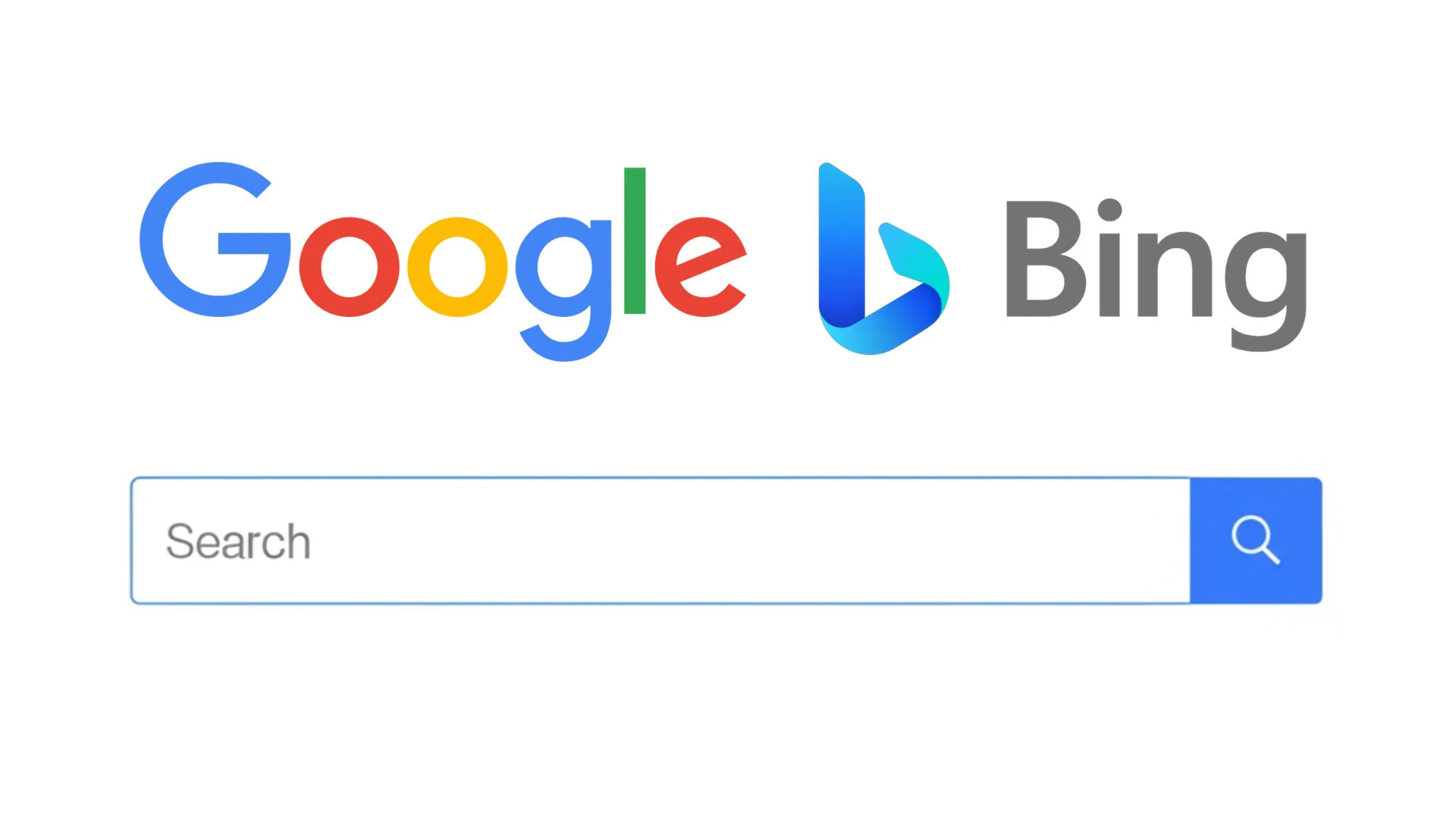
While AI models may become the next big thing for content discovery, search engines remain the primary source of website traffic today. If you want your website to reach a wider audience, getting it indexed by search engines is the crucial first step.
In this article, I’ll share my personal experience and guide you through the process of getting your website indexed by Google and Bing quickly.
1. Introduction
Why Search Engine Indexing Matters
In today’s digital world, search engines are the go-to gateway for users seeking information. Whether you run a personal blog, an e-commerce store, or a business website, your traffic heavily depends on search engine indexing.
Being indexed by major search engines like Google and Bing means your website’s content can appear in search results, attracting potential visitors. For new websites, indexing is the first step to boosting visibility and building your online presence. Without it, your site is like a hidden gem—beautiful but undiscovered.
Learning how to optimize your website for fast indexing not only shortens the “cold start” period after launching but also lays the foundation for long-term search engine optimization (SEO).
Google and Bing’s Role in the Search Engine Market
Google dominates the global search engine market, holding nearly 90% of the market share (according to StatCounter 2025 data). Its powerful algorithms and vast user base make it the top priority for website optimization.
Bing, while smaller (around 2-3% market share), still holds significant influence in certain regions, like the US, and among specific user groups. Plus, Bing’s indexing process is often more lenient, making it easier for new websites to get indexed quickly.
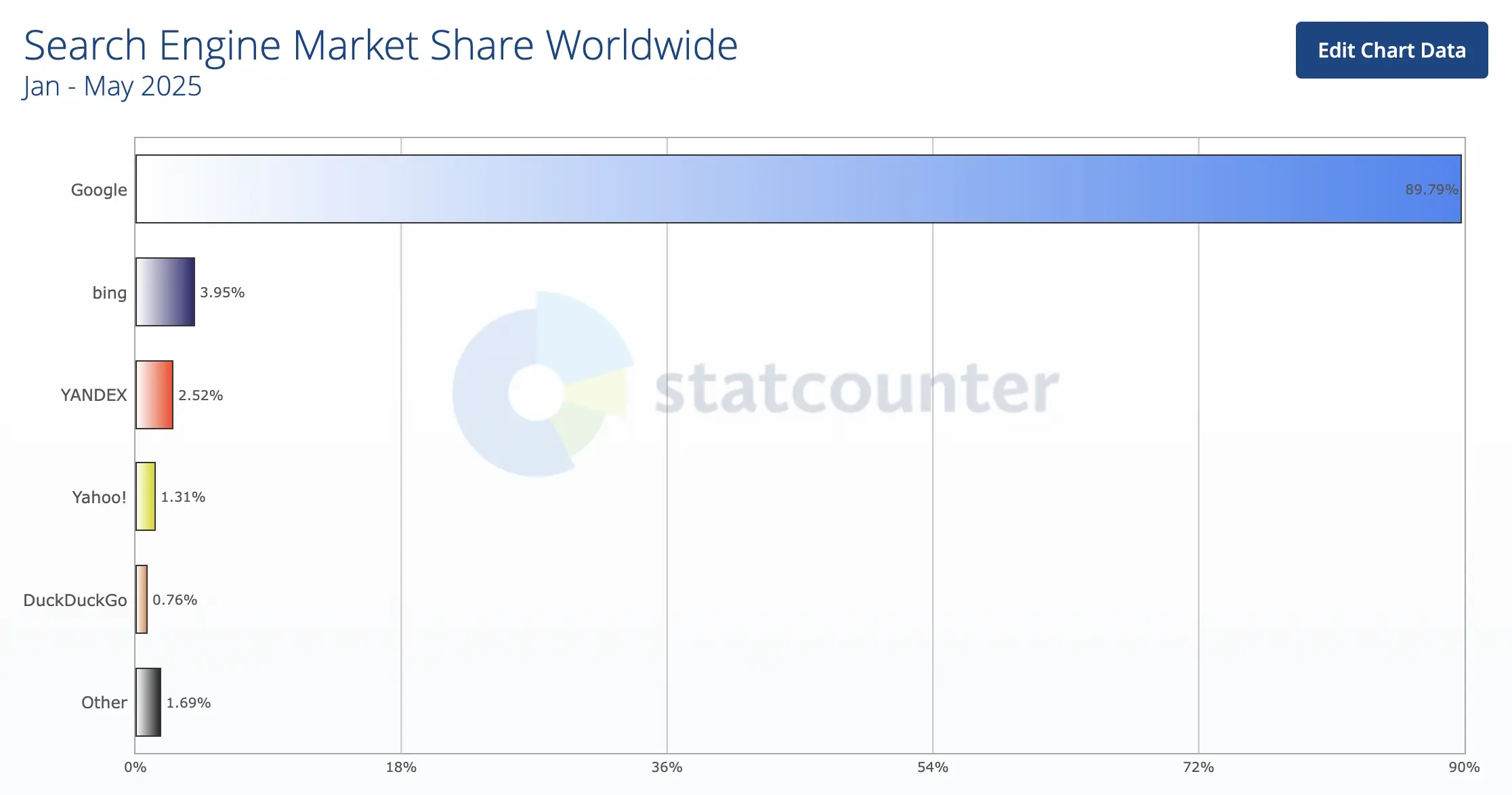
Google and Bing have distinct crawling and indexing mechanisms. Optimizing for both can maximize your website’s exposure.
2. How to Get Your Website Indexed by Google
Google’s crawler, Googlebot, tirelessly scans the web for new content. To get your website noticed, you need to focus on both technical setup and content quality. Here are the key steps I followed.
Using Google Search Console
Start by checking if your site is indexed. Search “site:yourdomain.com” on Google. If no results appear, as shown below, your site hasn’t been indexed yet.

Head to Google Search Console, a free and powerful tool. The first step is verifying site ownership.
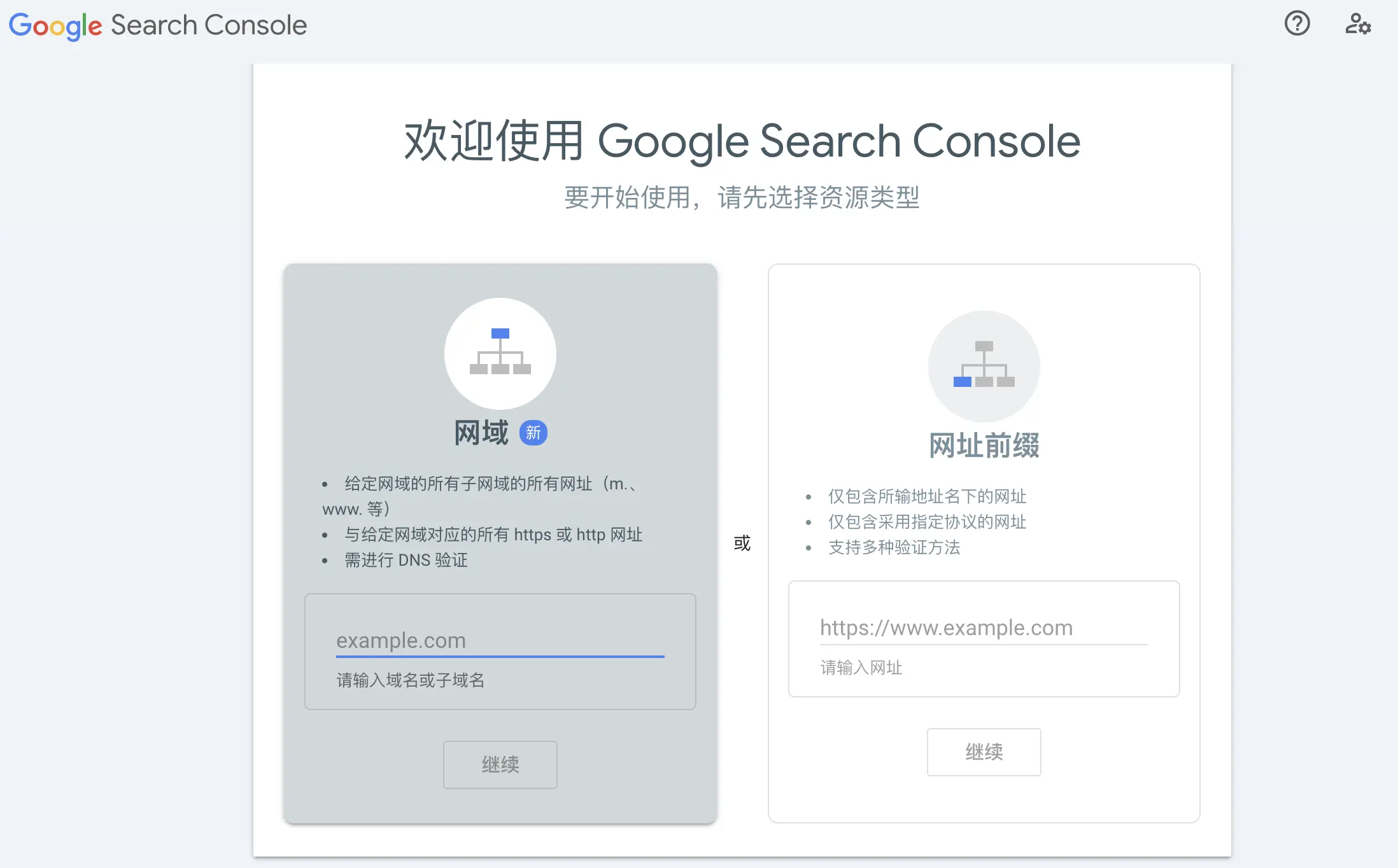
I used the HTML file upload method, which was straightforward. If you’re using Cloudflare DNS like me, you can verify directly through your Cloudflare account for a faster process.
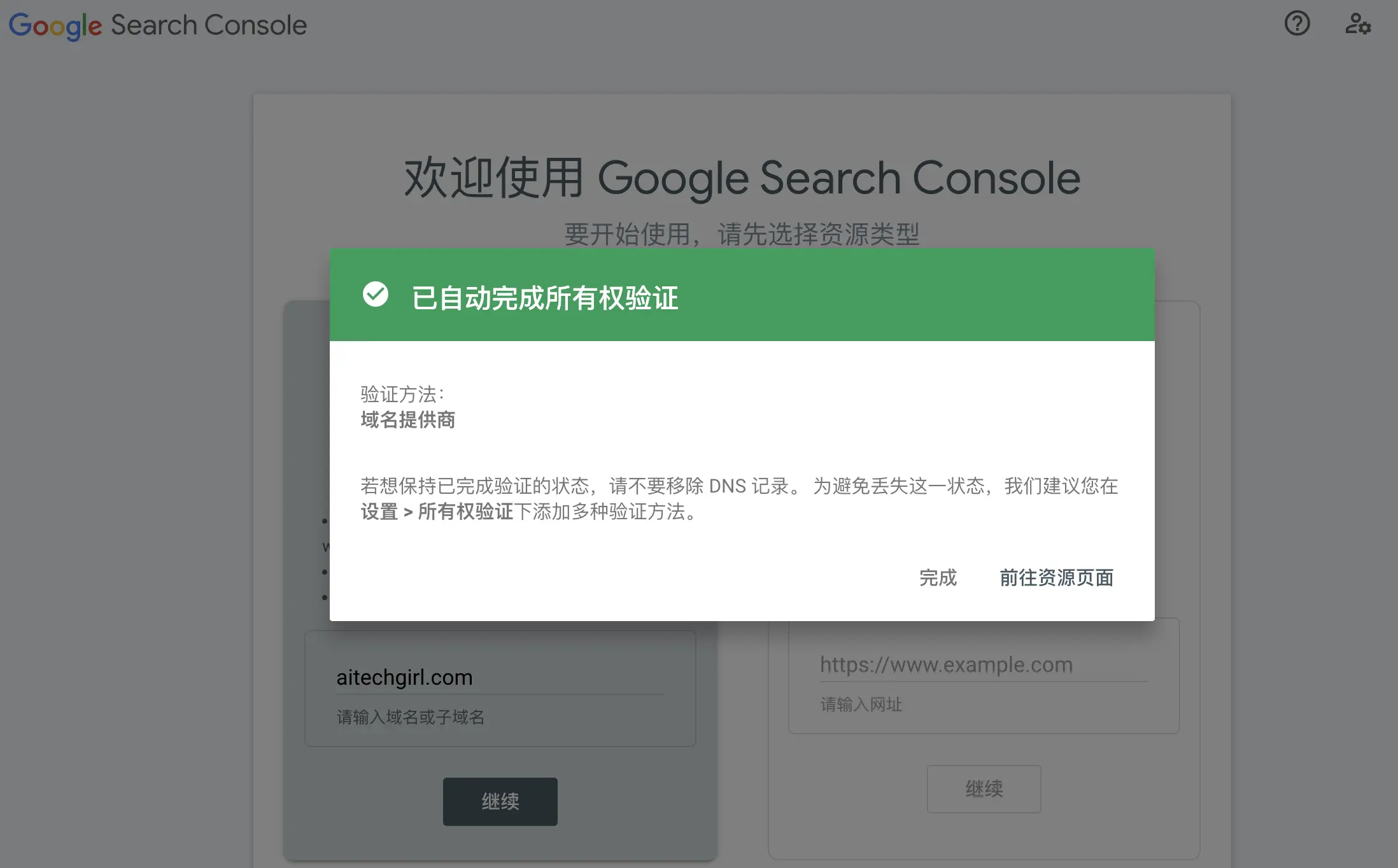
Once verified, submit your sitemap. A sitemap is an XML file listing all your website’s URLs, helping Googlebot understand your site’s structure.
For my Hugo-based website, which supports bilingual content (English and Chinese), Hugo automatically generates a sitemap.xml file. I submitted three sitemaps: one for the homepage and one each for the English and Chinese sections.

After submitting the sitemap, use the “URL Inspection” tool to request indexing for specific pages. Within about three days, my homepage appeared in Google’s search results!
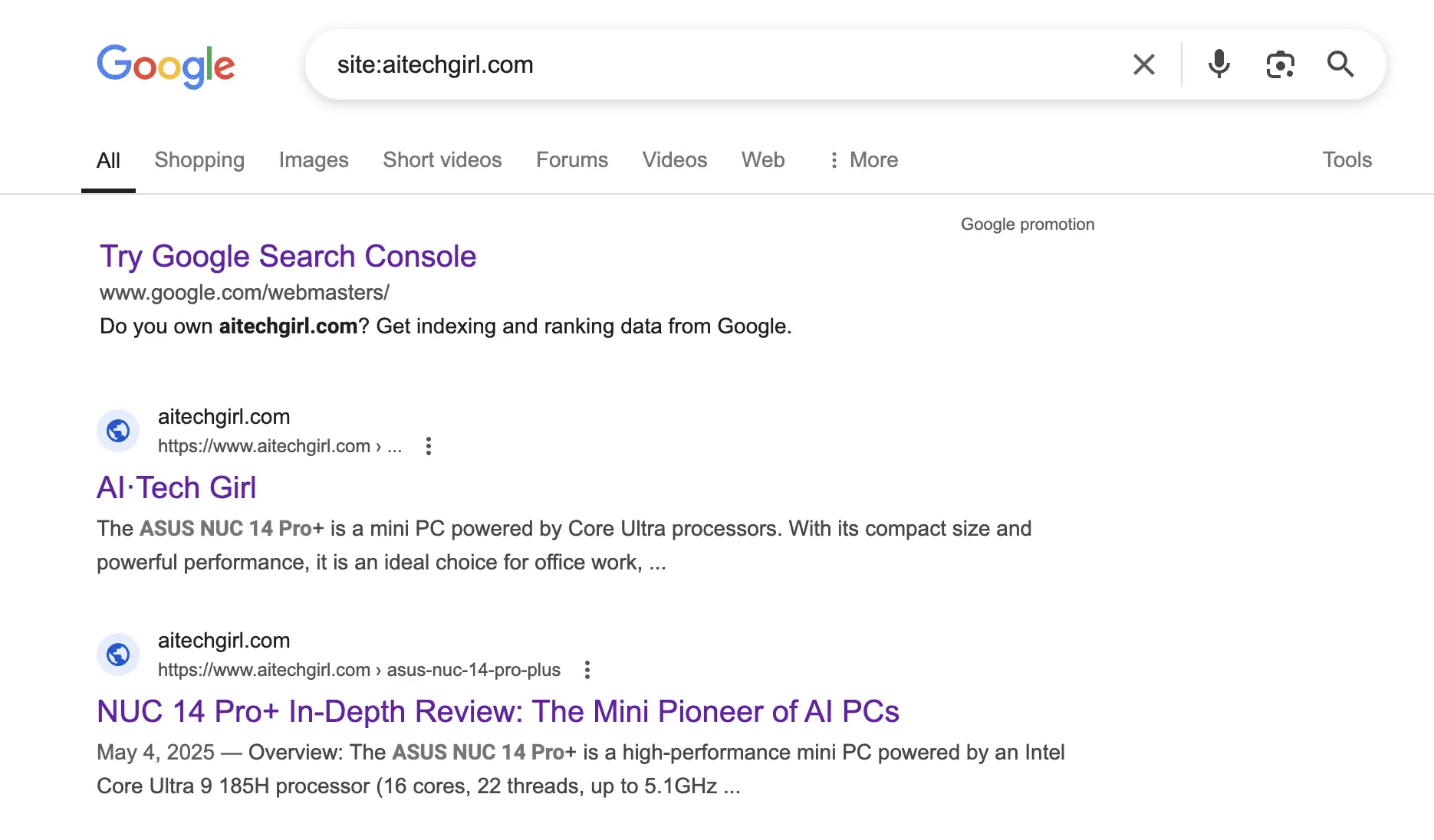
Optimizing Website Structure and Content
Google favors websites with clear structure and high-quality content. Here’s what I focused on:
- Clean URL Structure: I ensured URLs were simple, like
aitechgirl.com/en/postsfor English content andaitechgirl.com/zh/postsfor Chinese, avoiding messy ones likeexample.com/?p=123. This makes it easier for Googlebot to crawl. - Quality Content: Google loves original, in-depth content that meets user needs. I wrote unique posts about my website-building journey, ensuring each page had clear titles and meta descriptions.
- Page Speed: Using Google PageSpeed Insights, I optimized loading times. Compressing images significantly improved speed, making my site more crawler-friendly.
- Mobile Optimization: Google uses mobile-first indexing, so I chose a responsive theme to ensure my site looked great on phones.
External Promotion
Backlinks are a great way to speed up indexing. Sharing links to your site on reputable platforms, like industry forums or news sites, can attract Googlebot faster. I also shared my posts on social media platforms like X and LinkedIn, which helped increase crawler visits. This is especially important for international websites.
3. How to Get Your Website Indexed by Bing
Bing’s indexing process is similar to Google’s but has its own quirks. Here’s how I got my site indexed by Bing.
Using Bing Webmaster Tools
Check if your site is indexed by searching “site:yourdomain.com” on Bing. If nothing shows up, as below, it’s not indexed.
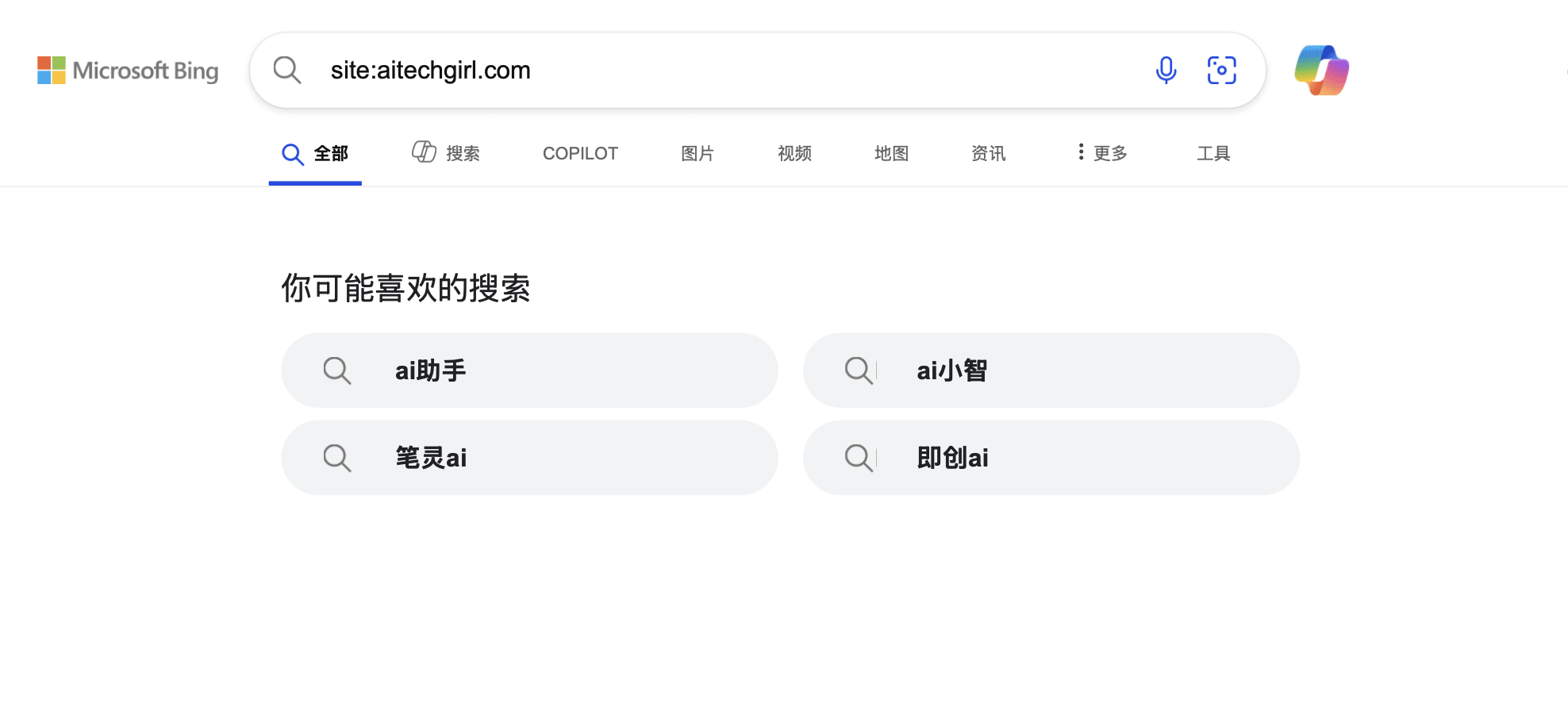
Visit Bing Webmaster Tools and verify site ownership using an HTML meta tag, XML file, or DNS CNAME record. I recommend the XML file method for simplicity.
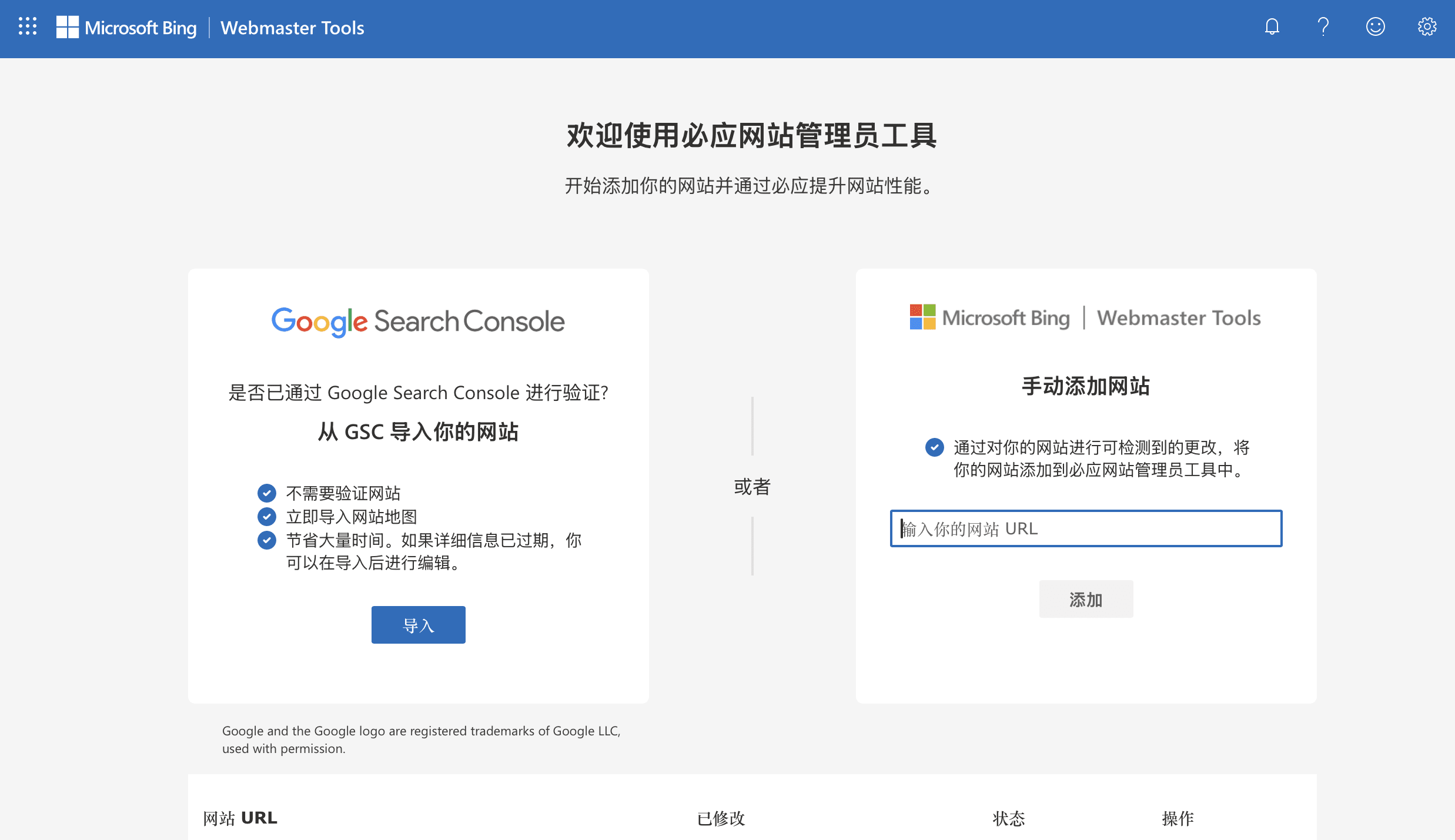
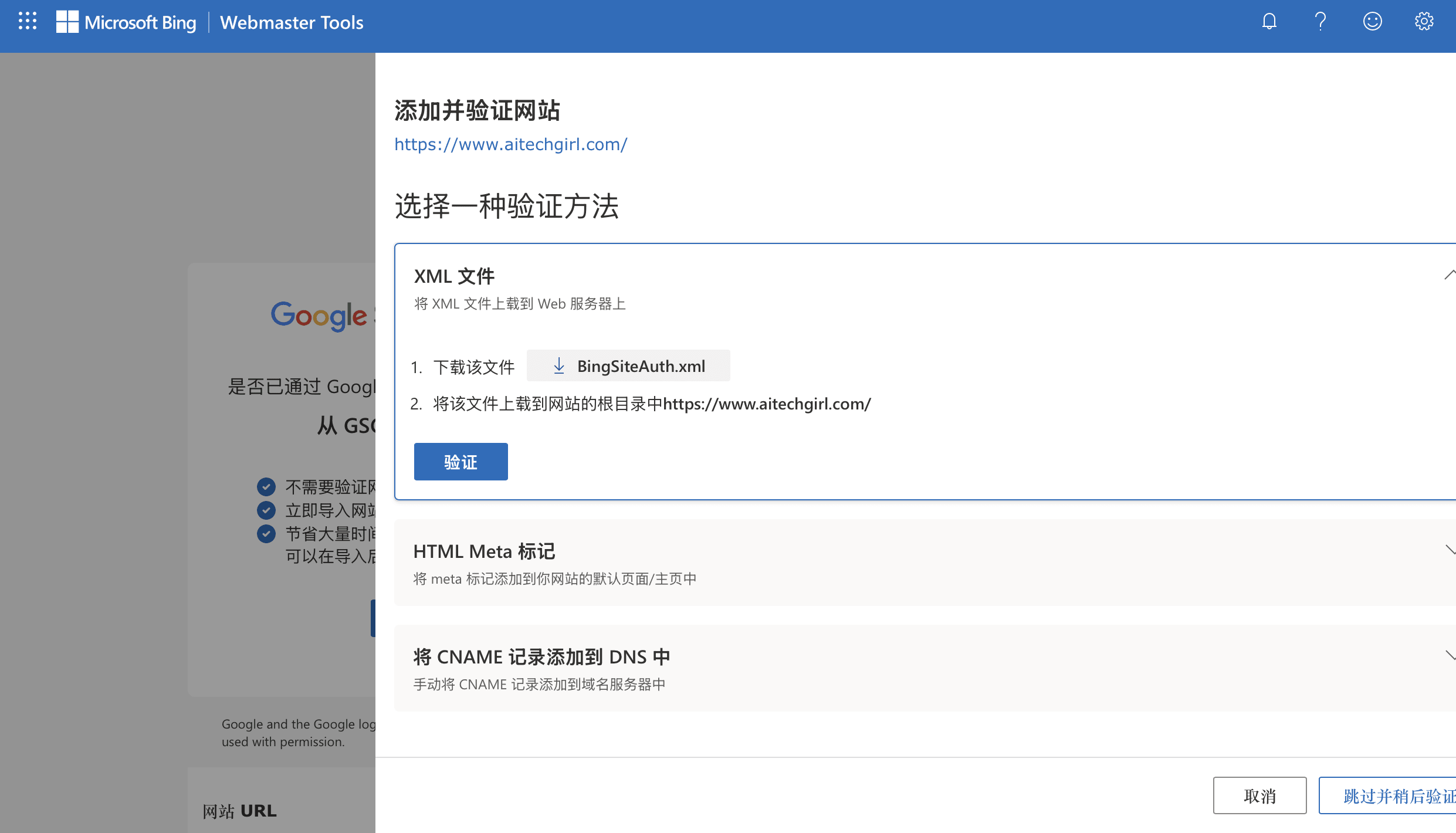
If your site is already indexed by Google, you can import it to Bing for faster setup. Otherwise, manually add and verify your site. Then, submit your sitemap or use the “URL Submission” feature to index specific pages.

Bing’s crawl control feature lets you adjust crawler frequency. For my low-resource server, I set a lower crawl rate to avoid overload.
Optimizing Content for Bing
Bing has slightly different preferences from Google:
- Keyword Focus: Bing prioritizes exact keyword matches. I included target keywords in page titles, body text, and H1 tags, but avoided overstuffing.
- Multimedia Content: Bing excels at indexing images and videos. I added descriptive ALT text to images and created a separate sitemap for videos.
- Local Optimization: Bing performs well in local searches, especially in the US. If your site targets a specific region, adding Schema.org’s LocalBusiness markup can boost indexing chances.
External Promotion
Like Google, Bing discovers new sites through backlinks. Posting content with links to your site on high-authority platforms like Medium or Quora can draw Bing’s crawler (BingBot). Bing is also sensitive to social media signals, so sharing content frequently on X helped speed up indexing.
4. Final Thoughts
Getting your website indexed by Google and Bing is just the beginning. It means your site is in the search engine’s “catalog,” but ranking high in search results requires ongoing SEO efforts.
Here are some tips I’ve learned:
- Regular Updates: Keep your content fresh and relevant. Both Google and Bing favor active websites, and frequently updated pages rank higher.
- Monitor Performance: Use Google Search Console and Bing Webmaster Tools to track indexing status, fix crawl errors (like 404 pages), and improve user experience.
- Prioritize User Experience: Search engines value metrics like click-through rates and dwell time. A clear navigation and valuable content can indirectly boost rankings.
- Holistic SEO: After indexing, focus on keyword research, competitor analysis, and link building. For commercial sites, consider paid ads like Google Ads for extra exposure.
In short, indexing is the starting line, not the finish. With AI technology evolving rapidly, staying updated and adapting your strategy is key to long-term success.